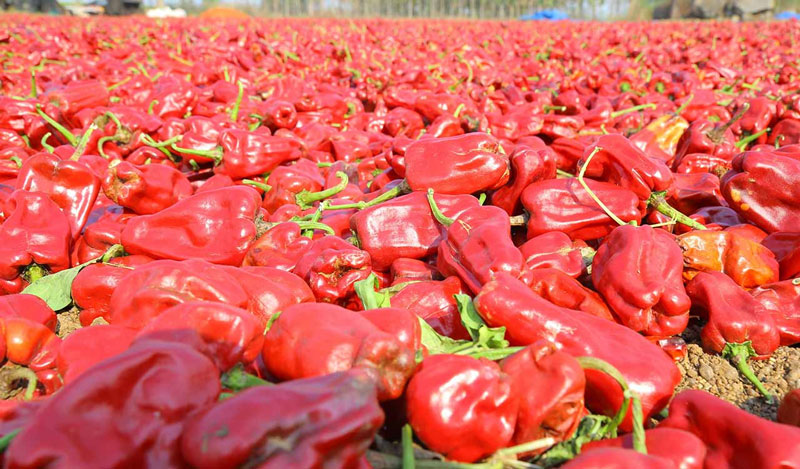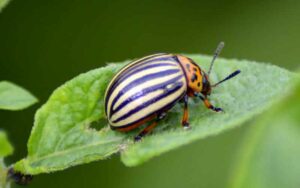Unstable weather damages mango flowers in Malihabad belt
Lucknow: Fluctuating weather since February has hit a huge portion of mango flowers in the well-known mango-growing hub of Malihabad near Lucknow. Despite the weather uncertainty, experts still believe that good mango productivity is expected this year as well. However, ICAR scientists said that frequent changes in temperature have affected flowering in the trees, but production will be effective in other parts of the state.
Dr. P.K. Shukla, Principal Scientist and Head of Crop Protection at ICAR-Central Institute for Subtropical Horticulture (CISH), Rehmankhera, said, “Nearly 50% of the mango flowers in Mal, Malihabad, and surrounding districts were destroyed due to unusual weather patterns in February and March, which is the peak flowering season for mango trees.”
Also Read: MP plans district-wise mapping of horticulture crops to boost productivity
The rise and fall of temperature on a regular basis during the last two months has harmed the flowers because mango trees need a stable climate for proper development. The unnecessary use of pesticides is the major contributor to the flower loss.
Despite the damage, several other parts of Uttar Pradesh have seen healthy flowers and small mangoes. The expectation is high that this year’s mango production will be more compared to last year.
Dr. Shailendra Rajan, former director of ICAR, Lucknow, said, “The last week of February to mid-March is crucial for mango flowering. During this time, cold weather, especially nighttime temperatures below 15°C, can harm the newly formed embryos. This can lead to flower drop and poor fruit development.”
Weather has created havoc among the faces of farmers. But things are not gloomy. As per the experts, the production will not cut down; the quality may suffer.
















